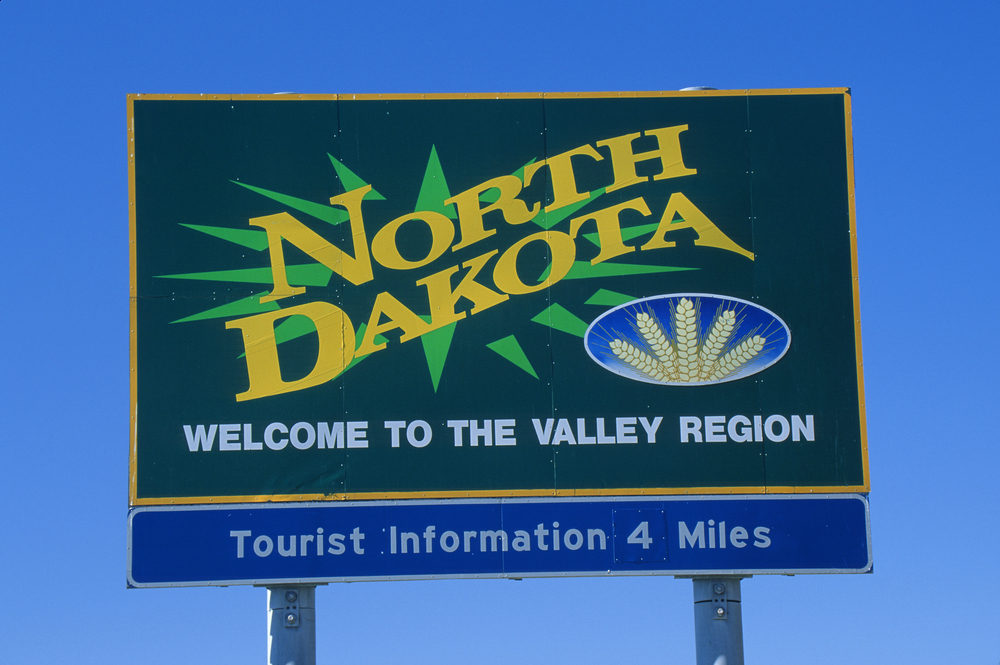tens of thousands of dollars. Amelia Reed, a resident of the Fort Berthold Indian Reservation in western North Dakota receives oil royalty money and said the monthly checks made it easy for her to spend hundreds of dollars a month to support her heroin habit.
Reaching out and educating
The state has launched several initiatives to combat the growing overdose rate including increasing access to quality treatment and appropriate medication, expanding treatment methods such as medication-assisted treatment (MAT) and improving harm reduction.
Last summer, the North Dakota Department of Human Services’ Behavioral Health Division, in collaboration with the Reducing Pharmaceutical Narcotics Task Force, launched Stop Overdose, a statewide campaign focused on saving lives by sharing information and providing resources for those most impacted by substance abuse.
Educating residents about seeking alternatives to opioid painkillers is another important initiative. Although the options vary depending on the type of chronic pain patients are experiencing, non-narcotic medications such as ibuprofen and naproxen, analgesics such as acetaminophen, corticosteroids and muscle relaxants have all shown to provide pain relief.
“In addition, there are many non-medication therapies available such as physical therapy, stress reduction and other methods,” according to Andrew McLean, Medicaid director at North Dakota’s Department of Human Services.
The state has also made efforts to increase the availability of naloxone to remote and at-risk communities. In April 2016, the North Dakota Board of Pharmacy allowed all physicians in the state to prescribe naloxone to patients at risk of an overdose as well as to friends, family members or anyone positioned to assist in an overdose situation.
“There is no one individual beneficial action, but rather a combined approach that in North Dakota includes the focus on creating community awareness of opioid substance use disorder and opioid overdose, increasing access to medication assisted treatment, and increasing the capacity of communities and providers to address local opioid issues,” said Pamela Sagness, director of North Dakota’s Department of Human Services’ Behavioral Health Division.
















